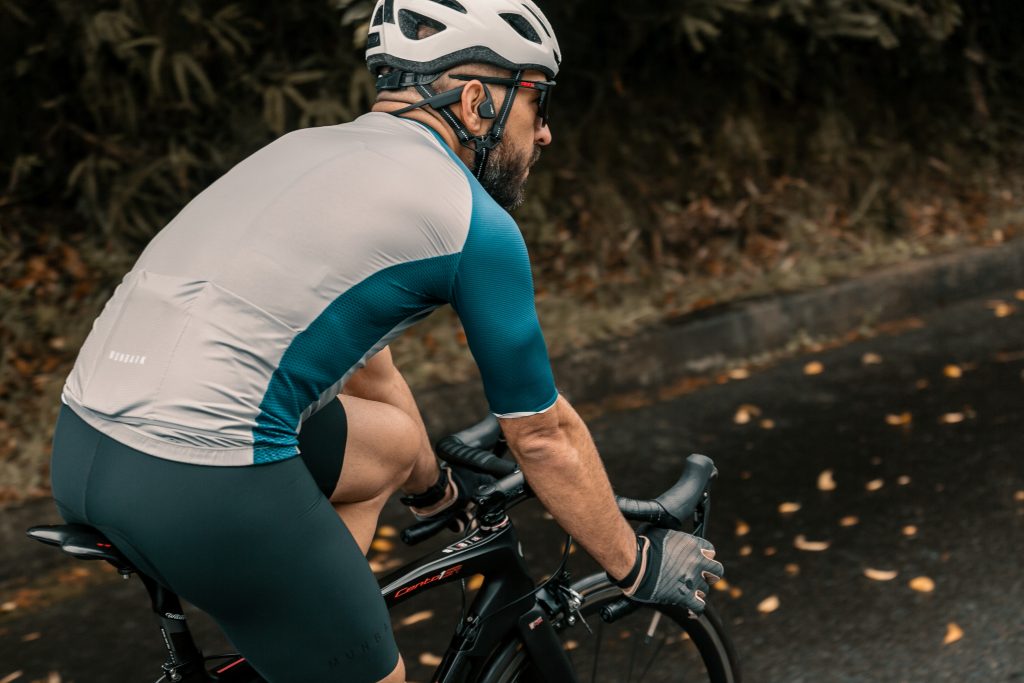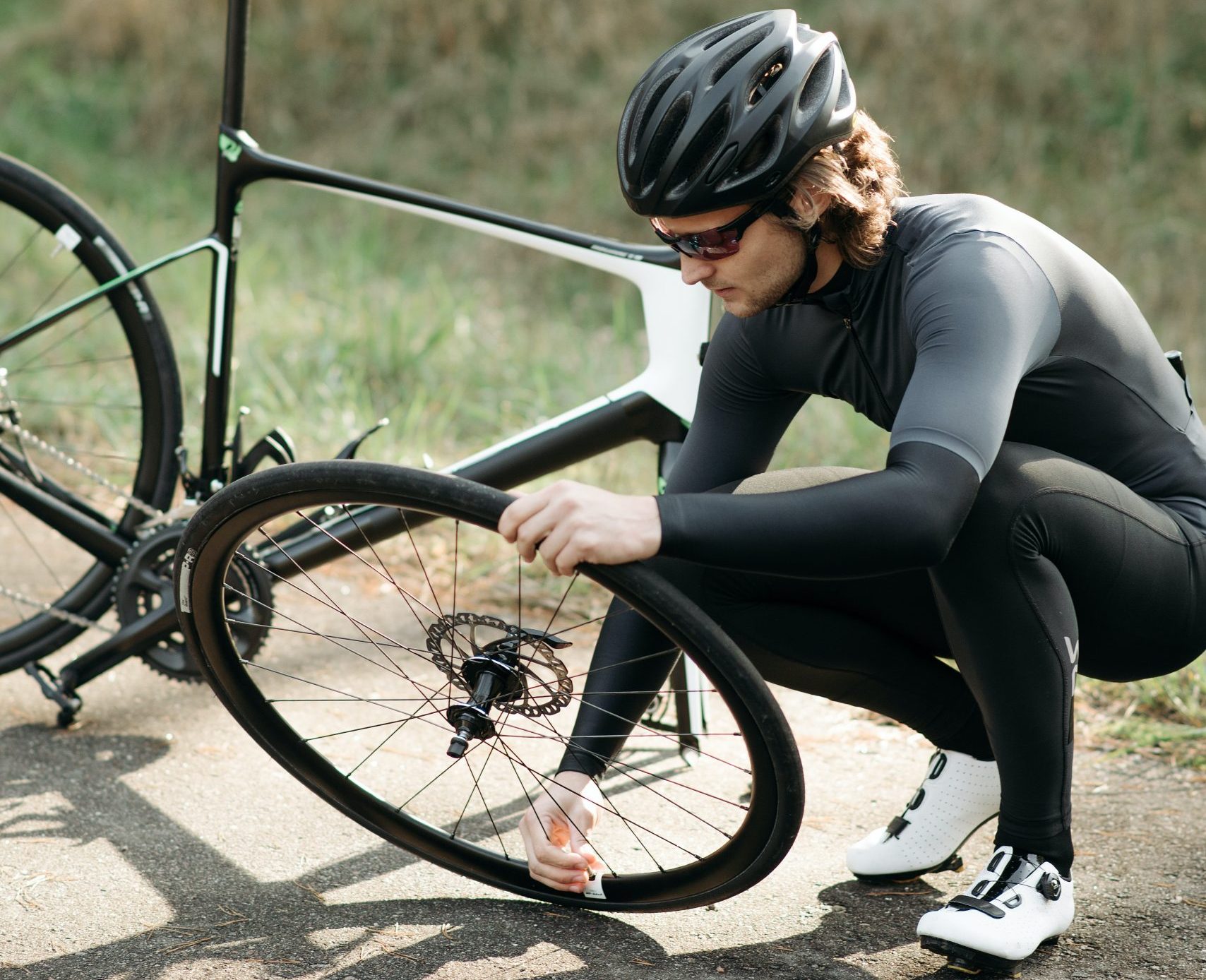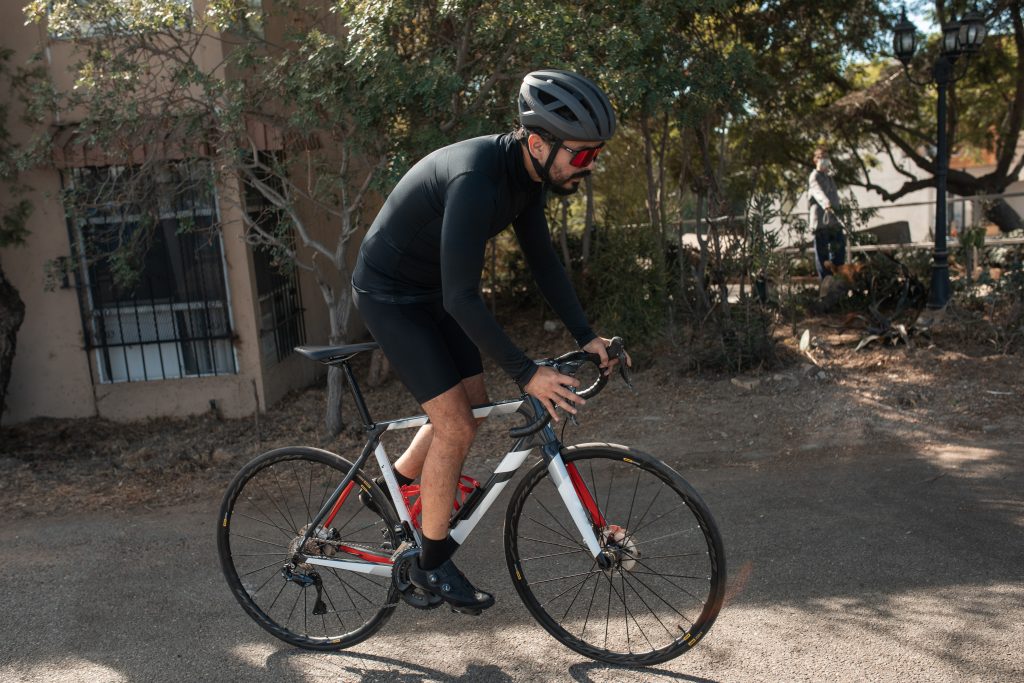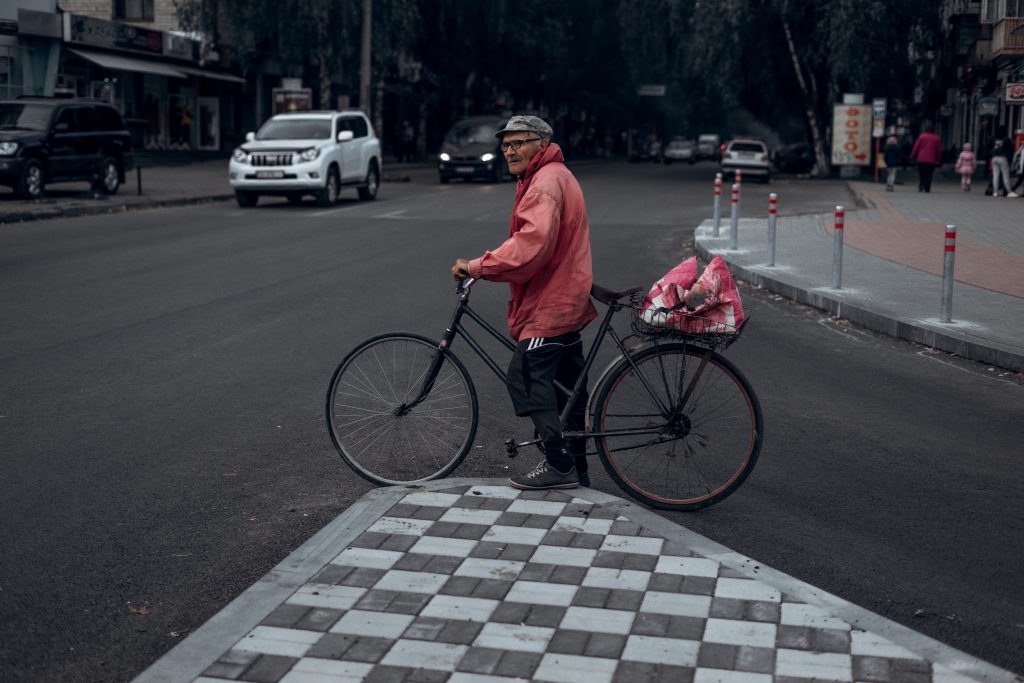16 Things to Avoid as a Beginner Cyclist

We all make mistakes when we try our hand at a new skill, and this applies to riding a bike too.
The important thing is that we learn from these mistakes and, where possible, learn from those of others, so we don’t have to make them in the first place.
In this article, we highlight some of the mistakes that we have made, so you can evade them as you continue learning and improving on your cycling journey.
16 Things to Avoid as a Beginner Cyclist
- Incorrect saddle height
- Not enough/too much food or water
- No spare tubes or puncture kit
- Wearing the wrong clothes
- Unadjusted bike settings
- Poorly maintained gear
- Overtraining or skipping recovery
- Bad braking technique
- Using your gears incorrectly (which gear/when to change)
- Wearing underwear
- Under/overinflated tires
- Stick only to cycling
- Not knowing the rules of the road
- Forgetting to apply sun block
- Underestimating wind
- Unclipping too late
1. Incorrect Saddle Height
Using the incorrect saddle height results can lower power output, increase the likelihood of injury, and make for uncomfortable riding.
Once you have purchased a bike that fits you, the next step is to adjust the saddle height. Your local bike shop should help with this if you ask. To do it yourself:
- Take your Allen key and loosen the screw that secures the saddle
- Set it roughly at hip height
- Then, sit on it with one pedal at 6 o’clock. Place your heel on the pedal at 6 o’clock. Your leg should be completely straight
- If not, adjust it until it is
2. Not Enough/Too Much Food and Water
When you run out of energy or become dehydrated while riding, it can feel like an impossible task to carry on. The effects of ‘bonking’ and dehydration also make it more dangerous to be on the road.
Almost all cyclists will get their nutrition or hydration wrong at some point. To avoid this, start with these three things:
- Know how far you will ride in advance
- Keep small snacks at home that you can take with you (banana, breakfast bar, sports gel)
- Always take one or two water bottles whenever you ride
Overeating before a ride can cause nausea, while drinking too much can lead to imbalanced electrolytes (hyponatremia), which has similar symptoms to dehydration.
3. No Spare Tubes & Puncture Kit

It’s essential to be prepared for a puncture whenever you ride. The last thing you want when the time comes is to be stuck somewhere without a spare tube.
Always carry at least one or two spare tubes so you can avoid the embarrassment of calling for a ride, or waiving another cyclist to ask for their spare. Also, don’t forget the essential roadside repair tools (tire levers, a multitool, repair kit, and a pump/gas canisters).
4. Wearing the Wrong Clothes
Getting caught with too much or too little clothing can lead to overheating, severe cold, or riding miles while soaking wet. Once the weather has taken hold, it is often too late to do anything.
If you plan on climbing to altitude, expect more volatile weather. Descending is always colder due to sweat buildup, wind, and reduced effort.
First and foremost, check the weather on the day of your ride. Once you know the forecast, choose the appropriate layering. Two pro tips:
- Too much is better than too little; you can always take off a layer
- If you live in a rainy region, bring a light rain vest stuffed into your pocket.
5. Unadjusted Bike Settings
After you purchase a new bike, it is essential to take it to the bike shop where you bought it a month or so afterward for adjustments.
This check-up is to adjust the braking and gearing cables. Almost all bike shops offer this service for free with the purchase of a new bike. If not, it may be wise to find a new local bike shop.
6. Poorly Maintained Gear
Neglecting your bike by avoiding basic maintenance will increase how quickly certain parts wear out.
New bike components are costly, but you can increase how long your current ones last with simple home maintenance. For example, if your chain is squeaky, it is time to give it some attention.
To get the most from your bike, perform these two quick and easy maintenance practices regularly.
- Clean and oil the chain (degreaser + bike-specific oil)
- Wash and dry your bike
Depending on usage and how much maintenance you are comfortable with, taking your bike in for a professional service every three to six months is recommended. Living in a wet climate like the Pacific Northwest will require more maintenance than living in a dry one like southern California.
7. Overtraining or Skipping Recovery
Overtraining can lead to prolonged fatigue, overuse injuries, and illness. This can occur by training too hard too soon, training too much in general, or from poor recovery habits.
Effective recovery strategies allow you to improve performance, stay healthy, and keep riding. Here are the top three things you can do to avoid overtraining:
- Sleep enough (7 to 9 hours)
- Eat enough nutritious food and drink plenty of water
- Do other activities such as yoga or weightlifting to support cycling
8. Bad Braking Technique
Poor braking technique will increase the likelihood of an accident or prevent you from stopping safely when necessary.
Learning to brake correctly, and being comfortable with your brakes, will help keep you and other road users safe. When braking, remember these four techniques:
- Apply pressure to both brakes slowly, don’t pull hard or sharply
- Favor the front brake 60/40. It’s your most powerful one
- When stopping quickly, shift your weight back by hovering your butt over and behind the saddle
- Always brake before you reach a corner
Check out YouTube for how-to videos on braking techniques.
9. Using Your Gears Incorrectly (Which Gear/When to Change)

New cyclists often don’t know how to use their gears correctly, causing a reduction in pedaling efficiency and potentially damaging the drivetrain. Misusing the gears happens by not using the full range, using the wrong one, or changing at the wrong time.
To get the most out of your gears, be patient, practice often, and follow these four tips:
- Switch to an easier gear as you reach an incline or come to a stop
- Limit the use of the highest/lowest gears as it increases the wearing of the drivetrain (cross- chaining)
- Reduce pedal pressure just before you shift gear until the change is completed. Also, make sure to keep pedaling while changing gears
- Try to maintain a cadence of 80 to 100rpm. Uuse your full gear range to achieve this
10. Wearing Underwear (Avoid it!)
Wearing underwear with your bicycle shorts can lead to chafing and rashes. Bicycle shorts come with a chamois (the cushion between the legs) and are made to be worn without underwear.
Good quality bib shorts have sweat-absorbent, non-chafing materials designed to ensure a comfortable ride. If you spend long hours in the saddle, you can use chamois cream to help prevent any saddle sores or chafing.
11. Under/Overinflated Tires
Too much tire pressure makes your bike more uncomfortable to ride. It also reduces traction (grip) on the road, making it harder to control the bike (especially in corners). On the other hand, too little pressure increases rolling resistance, slowing you down and increasing the likelihood of pinch punctures.
You can find your target pressure range (PSI) written on the tire wall. Keep your back tire a few PSI higher than the front. Use the bottom end of the range for extra traction in wet weather. Make sure to check it regularly.
12. Stick Only to Cycling
Cycling can be addictive, especially when you start. You may want to ride daily, exploring and pushing your physical ability, but try to avoid this temptation.
Cycling uses a limited range of muscles in the body, is done in a sitting position, and is a highly repetitive movement. Because of these characteristics, it is vital to create a varied activity routine. Otherwise, injuries, overtraining, and other problems can arise.
Mix in other activities like walking, yoga, hiking, swimming, running, weightlifting, and dance to supplement and improve your riding performance.
13. Not Knowing the Rules of The Road

To be on the road without knowing the rules and how to read your environment is dangerous to you and other road users.
You must be able to understand traffic flow, other road users’ behavior, and how to be predictable. To do this, be familiar with cycling hand signals, road signage, and the rules of the road.
14. Forgetting to Apply Sun Screen
Every cyclist is guilty of forgetting to apply sunscreen at one time or another. Doin so can result in severe burning in the short term and long-term skin damage if you habitually do it.
Remember that sun damage occurs through clouds, and it is a cumulative process. So make it part of your pre-ride preparation to apply sunscreen, or keep a little bottle in your saddlebag.
15. Underestimating the Wind
Wind resistance makes cycling substantially harder. Cycling against the wind (headwind) can severely limit your speed and drain your energy quickly. Heavy wind (especially crosswinds) can be dangerous because it can blow you into traffic or blow debris into your path.
Always take extra precautions in the wind, giving yourself more space and time to maneuver than usual, and expect potential incidents like branches falling from trees.
16. Unclipping Too Late
If you fail to unclip from a pedal before you come to a stop, you will be embarrassed and could suffer a painful fall.
Get into the habit of unclipping one shoe when approaching red/amber lights, stop signs, or stopped traffic. By doing this you will always have enough time to put a foot down without making a last-minute move. Most cyclists get this wrong once or twice, so don’t be discouraged if it happens to you.
Conclusion
There is a lot to learn when you first begin cycling. So choose one or two things to work on for each ride to avoid overwhelming yourself. The important thing is to get out there regularly, have fun, and you will soon have the confidence and technical ability to ride in any situation.


